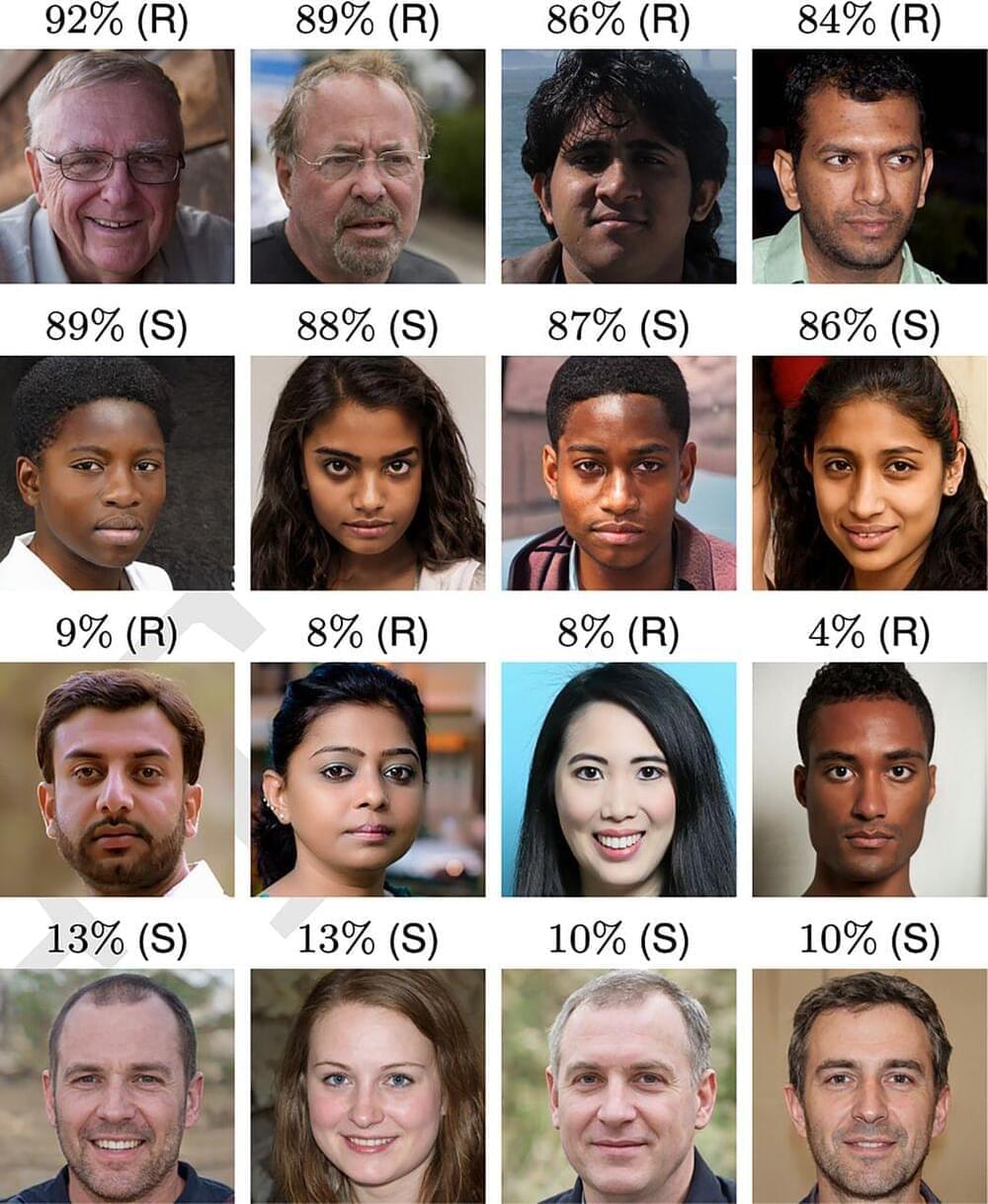Quite a bit of my consulting work lately has focused on helping clients counter false information spreading online. This sort of engagement can very quickly lead to rough and murky waters, especially if an organization does not arm itself with proper ongoing situational awareness tools in order to differentiate between the bad actors who are steering the narrative and the people unknowingly posting false information.
Much of the discourse on ‘fake news’ these days conflates three notions: misinformation, disinformation and mal-information. It’s important to distinguish messages that are true from those that are false, and messages that are created, produced or distributed by “agents” who intend to do harm from those that are not. I recommend that you ensure your online comms and digital engagement folks are well versed in key definitions from the Council of Europe’s Information Disorder Report:








